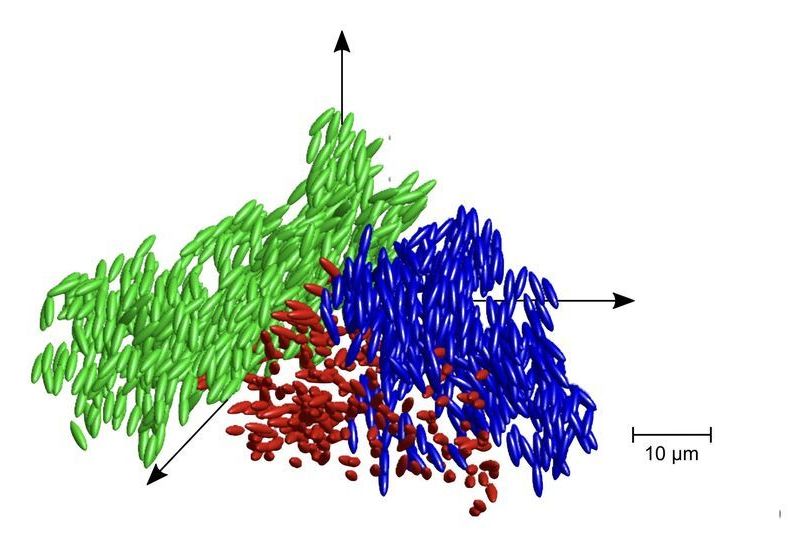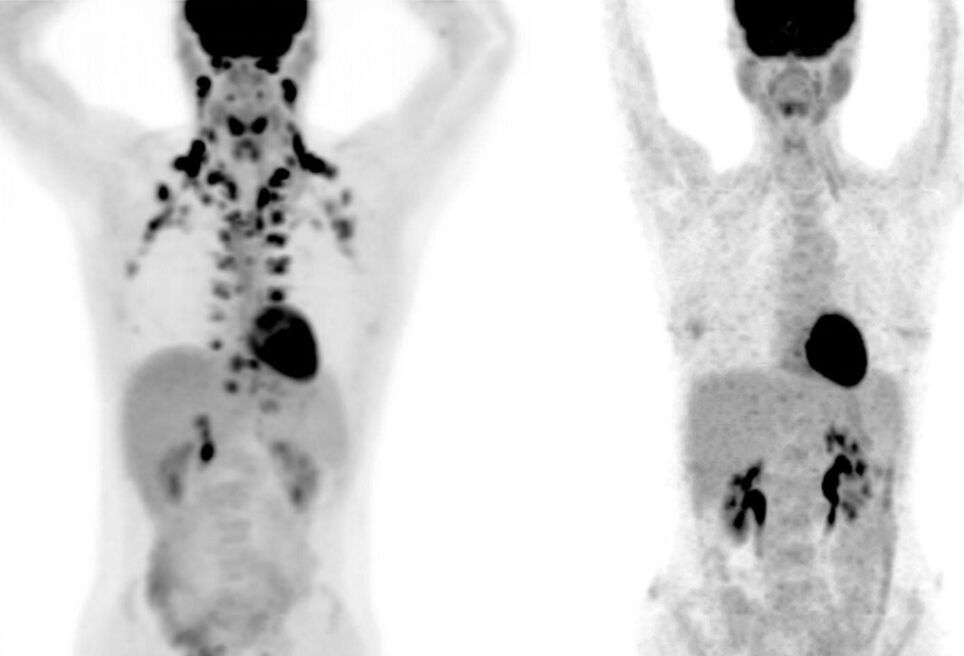# Gravitas | Three spacecraft are on their way to find life on Mars. UAE’s ‘Hope Orbiter’, NASA’s ‘Perseverance’ rover & China’s ‘Tianwen-1’ mission. Which one will be the first to arrive? Palki S Upadhyay gets you a report.


# Gravitas | Three spacecraft are on their way to find life on Mars. UAE’s ‘Hope Orbiter’, NASA’s ‘Perseverance’ rover & China’s ‘Tianwen-1’ mission. Which one will be the first to arrive? Palki S Upadhyay gets you a report.


Discovery of liquid glass sheds light on the old scientific problem of the glass transition: An interdisciplinary team of researchers from the University of Konstanz has uncovered a new state of matter, liquid glass, with previously unknown structural elements—new insights into the nature of glass and its transitions.
While glass is a truly ubiquitous material that we use on a daily basis, it also represents a major scientific conundrum. Contrary to what one might expect, the true nature of glass remains something of a mystery, with scientific inquiry into its chemical and physical properties still underway. In chemistry and physics, the term glass itself is a mutable concept: It includes the substance we know as window glass, but it may also refer to a range of other materials with properties that can be explained by reference to glass-like behavior, including, for instance, metals, plastics, proteins, and even biological cells.
While it may give the impression, glass is anything but conventionally solid. Typically, when a material transitions from a liquid to a solid state the molecules line up to form a crystal pattern. In glass, this does not happen. Instead, the molecules are effectively frozen in place before crystallization happens. This strange and disordered state is characteristic of glasses across different systems and scientists are still trying to understand how exactly this metastable state forms.
OEC promoting 3D printing technology in Africa.
When completed the building will have five separate apartments and a total square footage of 4090. The 3D printed apartments will rent at market rates.

By Hubble Resembles Reputed “Planet Nine” in Our Solar System.
Astronomers confirm bound orbit for planet far from its star, showing that far-flung planets exist.
Astronomers are still searching for a hypothetical “Planet Nine” in the distant reaches of our solar system, but an exoplanet 336 light years from Earth is looking more and more like the Planet Nine of its star system.
Planet Nine, potentially 10 times the size of Earth and orbiting far beyond Neptune in a highly eccentric orbit about the sun, was proposed in 2012 to explain perturbations in the orbits of dwarf planets just beyond Neptune’s orbit, so-called detached Kuiper Belt objects. It has yet to be found, if it exists.

Brown fat is that magical tissue that you would want more of. Unlike white fat, which stores calories, brown fat burns energy and scientists hope it may hold the key to new obesity treatments. But it has long been unclear whether people with ample brown fat truly enjoy better health. For one thing, it has been hard to even identify such individuals since brown fat is hidden deep inside the body.
Now, a new study in Nature Medicine offers strong evidence: among over 52000 participants, those who had detectable brown fat were less likely than their peers to suffer cardiac and metabolic conditions ranging from type 2 diabetes to coronary artery disease, which is the leading cause of death in the United States.
The study, by far the largest of its kind in humans, confirms and expands the health benefits of brown fat suggested by previous studies. “For the first time, it reveals a link to lower risk of certain conditions,” says Paul Cohen, the Albert Resnick, M.D., Assistant Professor and senior attending physician at The Rockefeller University Hospital. “These findings make us more confident about the potential of targeting brown fat for therapeutic benefit.”


A US company says it will have a nuclear-powered prototype vehicle on the road within two years.
Laser Power Systems from Connecticut is developing a method of propulsion that uses thorium to produce electricity to power a car engine.
Thorium is an element similar to uranium and because it is such a dense material it has the potential to produce massive amounts of heat.
According to Laser Power Systems CEO, Charles Stevens, just one gram of thorium produces more energy than 28000 litres of petrol. Mr Stevens says just eight grams of thorium would be enough to power a vehicle for its entire life.


Circa 2015
If you’ve ever scanned the comments section on an electric car or bike article, you’ll be familiar with this complaint: “that’s not green, it’s just a coal-powered vehicle.” Well, not this one. The Immortus is an electric car built to generate its own power through some 7 sq m (75 sq ft) of solar photovoltaic paneling. You can charge its battery off the mains if you have to, but if conditions are sunny, the inbuilt solar panels alone will let you drive at more than 60 km/h (37 mph) for an unlimited distance.
The Immortus is based on solar race car technology with the project originally founded by Australia’s Aurora Solar Car Team, which has competed in a bunch of solar race events across the world. Hence the light weight and the shape of the Immortus, which combines maximal sun exposure with extreme aerodynamics, including covered wheels.
Unlike the solar racers, though, it’s designed to approach practicality on the road, with a 0–100 km/h (62 mph) time that will be less than seven seconds and a top speed over 150 km/h (93 mph). It’s also a two-seater with a modest luggage capacity for daily driving. Melbourne-based EVX Ventures, creators of the Immortus, even list fun as a priority, saying it should handle like a well-balanced sports car.